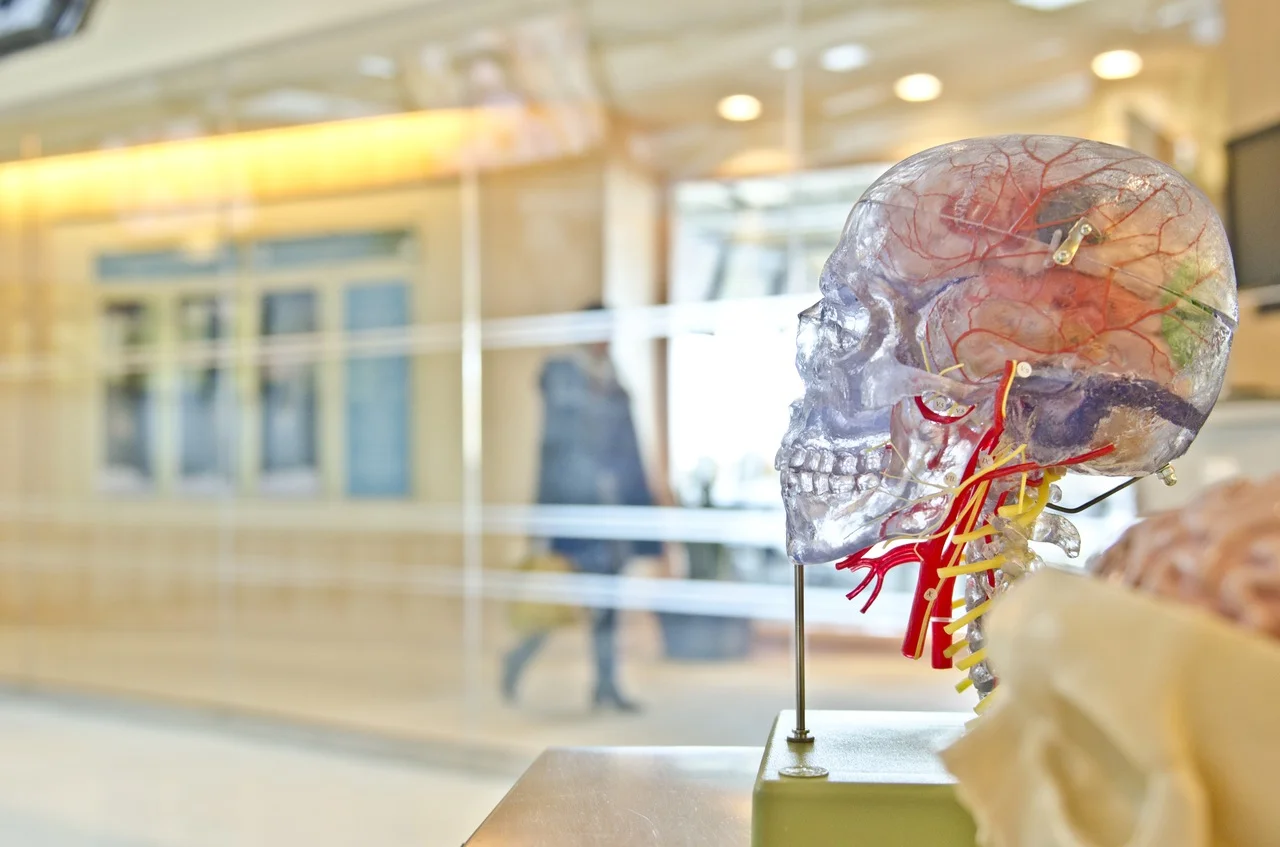Massage Therapy and Cancer
/It is estimated that 40% of cancer survivors use integrative approaches to manage symptoms and improve their well-being after conventional cancer treatments, this includes massage, acupuncture and yoga (Sohl et al. 2015).
Read More





